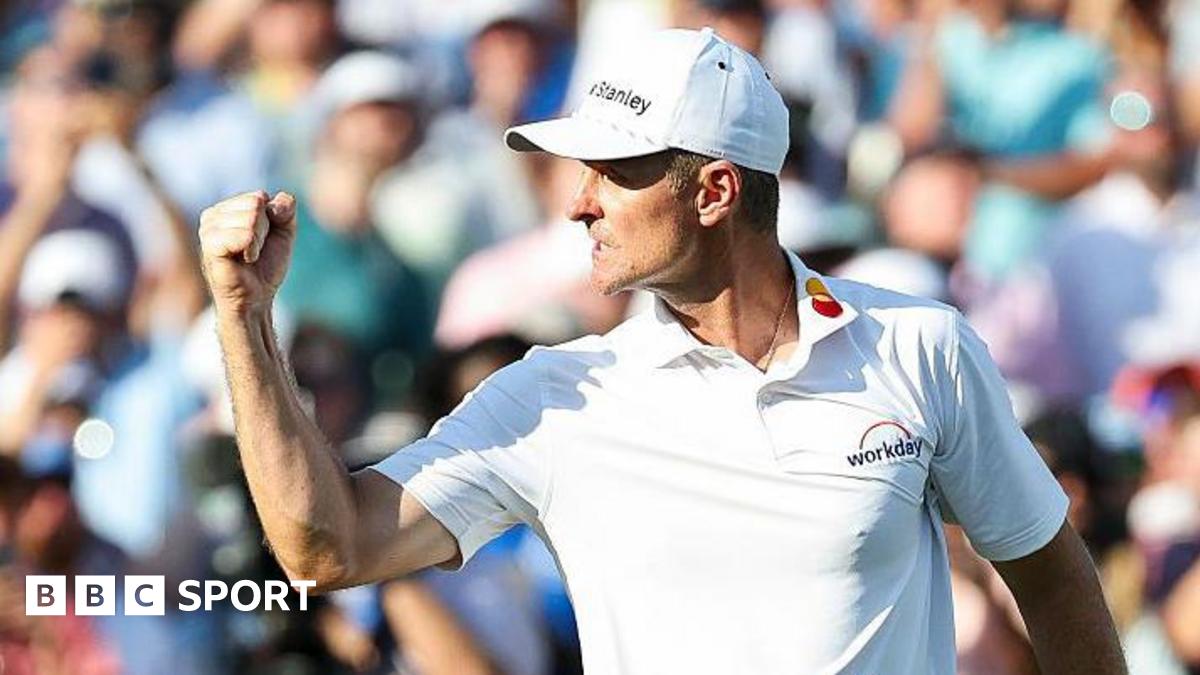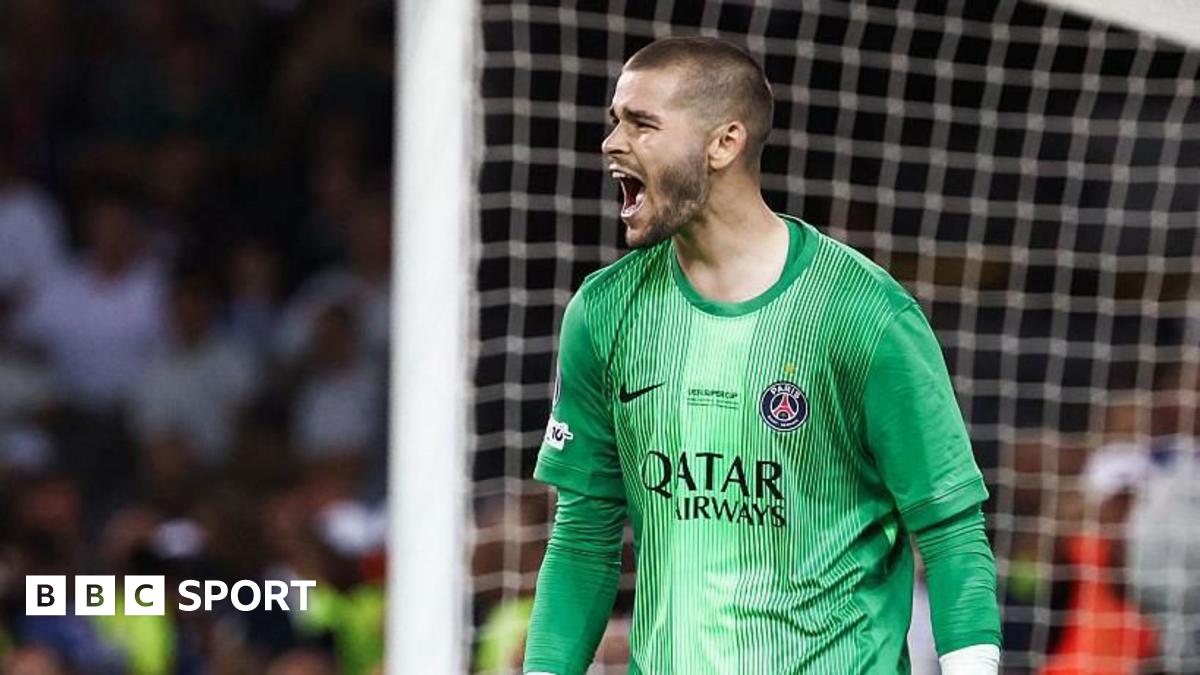For the last 40,000 years, Homo sapiens have been the only human species walking the Earth.
Our ancient ancestors died out thousands of years ago, leaving behind nothing but fossils, a few scattered artefacts, and lingering traces in our DNA.
But what if things had turned out differently?
MailOnline has asked the experts to find out what the world might look like if the Neanderthals and Denisovans hadn't gone extinct.
Surprisingly, they say that our distant evolutionary cousins might not be all that different to modern humans today.
However, they might have had a hard time fitting in with our fast-paced, highly social societies.
Dr April Noel, a palaeolithic archaeologist from the University of Victoria, told MailOnline: 'The idea that Neanderthals were hunched over, dim-witted individuals with no thought beyond their next meal is no longer tenable.
'At the same time, the idea that you could just slap a hat on a Neanderthal and you would not think twice about sitting next to him on the tube is also out the window.'
What would Neanderthals and Denisovans look like if they hadn't gone extinct? The experts say they might not be so different from modern humans today (AI-generated impression)
This reconstruction from the Neanderthal Museum, Germany, shows what a Neanderthal man might look like in the modern day
What would they look like?
Neanderthals and Denisovans are our closest ancient human relatives.
The Neanderthals emerged around 400,000 years ago when they branched off from our common ancestors.
Denisovans, meanwhile, are a far more elusive species of ancient humans who split from the Neanderthal evolutionary line around 430,000 years ago.
If they had remained as separate species rather than going extinct, Neanderthals and Denisovans might look much the same as they did in the distant past.
From the abundant fossil records, we know that Neanderthals were a little shorter than us on average, with shorter legs and wider hips.
Neanderthals were very muscular and rugged, with large bodies and even larger heads.
Their skulls show that they have room for a bigger brain than modern humans and would have been distinguished by a massive brow ridge and small foreheads.
Neanderthals are our closest living relatives and share all our features to some degree. However, neanderthals have a stronger brow and a smaller forehead. Their skin tone would have depended on their climate, much like modern humans today (AI-generated impression)
What would Neanderthals look like today?
If Neanderthals survived until today, they might keep many of their original traits.
This means they would be stockier and more heavily built than modern humans, with shorter legs and larger heads.
Their faces would be distinguished by heavy brows and small foreheads.
However, experts say that humans and Neanderthals would probably keep interbreeding.
This means that these traits would become mixed with those of Homo sapiens.
However, experts say they still would be clearly recognisable as fellow humans.
Professor John Hawks, an anthropologist from the University of Wisconsin-Madison, told MailOnline: 'We don’t know of any physiological traits that make Neanderthals distinct, that is, traits that don’t overlap.
'Almost every physical trait in Neanderthals overlaps in its variation with ours today, at least to some extent.'
That means they wouldn't look like lumbering cavemen or women, but rather like a slightly different variation of humans.
Denisovans, meanwhile, are a little more of a mystery.
It was only this month that scientists identified the first Denisovan skull, and besides this, there are only small fragments of bone to go on.
Based on the newly identified skull, experts believe that Denisovans would have had a wide face with heavy, flat cheeks, a wide mouth, and a large nose.
These bones also show that Denisovans would have been exceptionally large and muscular people, much stronger than more slender Homo sapiens.
Not much is known about Denisovans, but they were likely very muscular and well-adapted to cold environments. Their heads were also larger than Homo sapiens' and they had bigger brains (AI-generated impression)
Not all that different
However, experts say that Homo sapiens, Denisovans, and Neanderthals might not have remained that distinct for long.
These human species interbred widely during the periods they overlapped, and many modern humans carry at least some Neanderthal and Denisovan DNA.
If these species hadn't vanished, they might have continued to interbreed and further intermix our genes.
Dr Hugo Zeberg, an expert on gene flow from Neanderthals and Denisovans into modern humans from the Karolinska Institutet in Sweden, told MailOnline: 'In a way they never went extinct. We merged!'
'Probably the relatively low amount of Neanderthal and Denisovan DNA in present humans reflects the fact that modern humans [Homo sapiens] were more numerous.
'But with more chances of encounters, we might have more archaic DNA present in the gene pool of modern humans.'
We're still learning about how ancient genes influence modern humans, so it's hard to say what effects this mixing might produce.
Denisovan genes are responsible for high-altitude adaptations in Tibetans. If they hadn't gone extinct, even more of their genes would have mixed into the modern human genome (AI-generated impression)
Neanderthals and modern humans interbred when we overlapped and would likely continue to into the future. Scientists say that male Neanderthal and Homo sapiens female couples would have had the highest likelihood of producing fertile hybrid offspring (AI-generated impression)
Could modern and ancient populations merge?
Scientists say it is extremely likely that Homo sapiens, Neanderthals, and Denisovans would eventually merge if no species went extinct.
The resulting species would have genetic traits from all three groups.
Since modern humans reproduce faster and build larger communities, they would likely represent more of the genetic material.
This is essentially what happened to these species in the past.
Our modern genome contains traits passed on from breeding with these ancient species before they disappeared.
But Dr Zeberg points out that Denisovan genes are responsible for 'high altitude adaptation for Tibetans and some influence on lip shape in Latin American populations.'
Similarly, Neanderthal and Homo Sapiens hybrids would likely have a mixture of the traits of both species such as larger heads, longer limbs, and narrower hips.
Over time, some scientists believe Denisovans, Neanderthals and Homo Sapiens might have merged into a single human species with a mixture of all the traits.
Dr Bence Viola, a paleoanthropologist at the University of Toronto, told MailOnline: 'I think it would have been impossible for Denisovans and Neanderthals to retain sufficient genetic isolation to remain a separate population.
'We know that they interbred with modern humans whenever they came into contact, and so the more contact there is, the more mixing happens – so they would have become a part of us.'
Would they fit in?
We don't currently know very much about how Denisovans lived, but research now shows Neanderthals might have struggled to fit in with modern society.
One of the leading theories for why Homo sapiens survived while other species dropped off is that modern humans essentially 'tamed' ourselves.
Unlike modern humans, Neanderthals and Denisovans didn't evolve to be so sociable. Scientists say they would find it difficult to integrate into our hyper-social society (AI-generated impression)
Could Neanderthals and modern humans coexist?
Scientists aren't sure whether Homo sapiens and Neanderthals could have cohabited permanently.
There is no evidence of violence between the two species and we know that groups met and interbred frequently.
However, Neanderthals are not as pro-social as modern humans and lived in much smaller groups.
Homo sapiens also have a long history of violence and discrimination targeted against other human groups.
In large, connected modern cities this could lead to conflict between the two species.
Modern humans developed genes that allowed us to become more sociable, develop larger social networks, and work with our fellow humans.
Dr Noel says: 'Unlike their modern human contemporaries, Neanderthals lived in small, fairly isolated groups.
'If there was an accident that killed a number of their hunters or some other crisis occurred, they did not always have others to reach out to. As a result, their numbers would drop below what you need to be sustainable.'
Dr Noel points out that research into Neanderthal genes suggests they were less cognitively flexible, had greater difficulties processing language, and lacked genes related to self-awareness, creativity, and behaviours intended to benefit others.
'In the highly connected world we all live in, I think Neanderthals would have been left behind, or at least, left out,' says Dr Noel.
In a world where Neanderthals lived alongside other human species, this could really change the way society was structured.
Professor Spikins says that while modern humans became 'tamer, more playful and more friendly to each other,' those changes came alongside 'being a bit easily led'.
She adds: 'If Neanderthals were better at not "following the herd" and more of those tendencies were present, I bet much of our world would be different; they might not be easily swayed by social media!'
Neanderthals and Denisovans were less social than humans and were less likely to 'follow the herd'. They may have been more independent, but would find it hard to live in large modern cities
How would the world be different?
If Neanderthals and Denisovans hadn't gone extinct thousands of years ago, the world might be a very different place.
From the evidence we have of these ancient species, we know that they lived in much smaller communities and had a far more limited impact on the land.
In fact, Dr Zeberg points out that modern humans appear to be unique in the way that we modify the world around us through agriculture and large cities.
One strange consequence of this is that a world where Homo sapiens are not dominant might mean a world without pets.
There is no evidence that Neanderthals and Denisovans attempted to nurture relationships with animals through domestication - that means no horses, cats, dogs or even modern agricultural species like cattle and sheep.
But with more of our relative anti-social genes, humanity may also have avoided some of its more destructive tendencies.
Professor Spikins says: 'If Neanderthals had been the ones to survive, we might not have the problem we have with climate change, as their tendency to be more isolated within their separate groups might have limited how technology spread and got used, and how much the environment got exploited.'
THE DENISOVANS EXPLAINED
Who were they?
The Denisovans are an extinct species of human that appear to have lived in Siberia and even down as far as southeast Asia.
The individuals belonged to a genetically distinct group of humans that were distantly related to Neanderthals but even more distantly related to us.
Although remains of these mysterious early humans have mostly been discovered at the Denisova Cave in the Altai Mountains in Siberia, DNA analysis has shown the ancient people were widespread across Asia.
Scientists were able to analyse DNA from a tooth and from a finger bone excavated in the Denisova cave in southern Siberia.
The discovery was described as 'nothing short of sensational.'
In 2020, scientists reported Denisovan DNA in the Baishiya Karst Cave in Tibet.
This discovery marked the first time Denisovan DNA had been recovered from a location that is outside Denisova Cave.
How widespread were they?
Researchers are now beginning to find out just how big a part they played in our history.
DNA from these early humans has been found in the genomes of modern humans over a wide area of Asia, suggesting they once covered a vast range.
They are thought to have been a sister species of the Neanderthals, who lived in western Asia and Europe at around the same time.
The two species appear to have separated from a common ancestor around 200,000 years ago, while they split from the modern human Homo sapien lineage around 600,000 years ago.
Last year researchers even claimed they could have been the first to reach Australia.
Aboriginal people in Australia contain both Neanderthal DNA, as do most humans, and Denisovan DNA.
This latter genetic trace is present in Aboriginal people at the present day in much greater quantities than any other people around the world.
How advanced were they?
Bone and ivory beads found in the Denisova Cave were discovered in the same sediment layers as the Denisovan fossils, leading to suggestions they had sophisticated tools and jewellery.
Professor Chris Stringer, an anthropologist at the Natural History Museum in London, said: 'Layer 11 in the cave contained a Denisovan girl's fingerbone near the bottom but worked bone and ivory artefacts higher up, suggesting that the Denisovans could have made the kind of tools normally associated with modern humans.
'However, direct dating work by the Oxford Radiocarbon Unit reported at the ESHE meeting suggests the Denisovan fossil is more than 50,000 years old, while the oldest 'advanced' artefacts are about 45,000 years old, a date which matches the appearance of modern humans elsewhere in Siberia.'
Did they breed with other species?
Yes. Today, around 5 per cent of the DNA of some Australasians – particularly people from Papua New Guinea – is Denisovans.
Now, researchers have found two distinct modern human genomes - one from Oceania and another from East Asia - both have distinct Denisovan ancestry.
The genomes are also completely different, suggesting there were at least two separate waves of prehistoric intermingling between 200,000 and 50,000 years ago.
Researchers already knew people living today on islands in the South Pacific have Denisovan ancestry.
But what they did not expect to find was individuals from East Asia carry a uniquely different type.
 (1).png)
 1 month ago
18
1 month ago
18

















